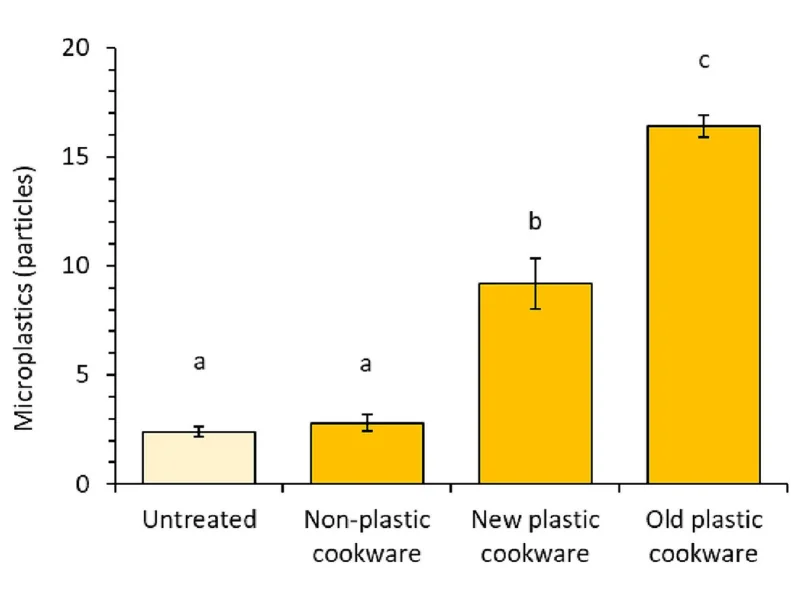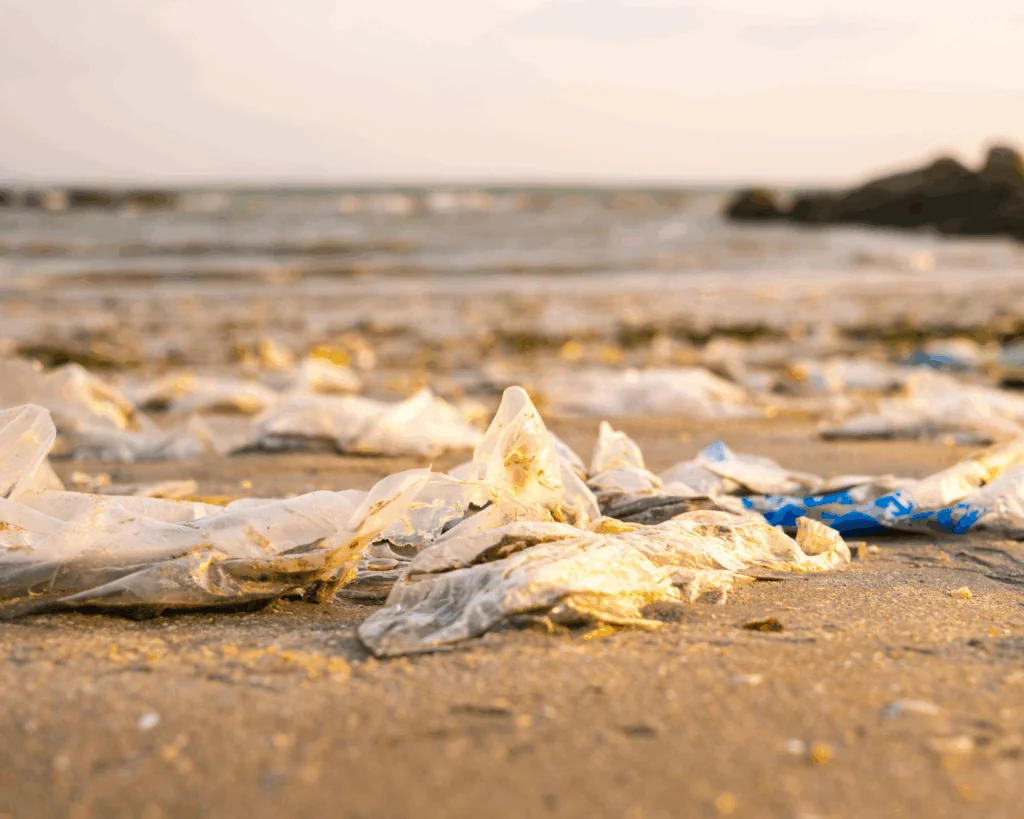Cooking Up Contamination
Using plastic cookware daily could introduce up to 5,000 pieces of microplastics into your meals each year.

Read Time: 2 minutes
Published:
If you’re on a journey to better health, you’ve probably started cooking more at home, using fresh ingredients, while cutting back on processed foods. However, making healthy food choices might not be enough, as danger still lurks in the form of microplastics. These tiny particles can leach into your food from everyday kitchen items like plastic bags, containers, cooking utensils, and the Teflon coating on pots and pans.
Knowing the sources of the contamination is a crucial first step. The next is understanding what other factors contribute to the level of exposure to microplastics, especially for you and your loved ones.
Matthew Cole and colleagues examined how different types of cookware and utensils—non-plastic, new plastic, and old plastic—impact microplastic contamination in food. The study defined ‘old plastic’ as cookware showing signs of wear, like rough textures, stains, heat damage, scratches, and yellowing. A variety of utensils, including pans, whisks, food containers, cutting boards, knives, measuring cups, and spoons, were tested. Jelly was used as a food substitute. Heating was done on stovetops and microwaves. Other tested processes included mixing, slicing, and storage. After each step, the jelly was tested for microplastic contamination. Microplastics at least 10 micrometers in size, or the average size of a water droplet from mist or fog, were measured.

The results were disconcerting. While non-plastic cookware introduced only minute amounts of microplastics, new and old plastic significantly increased food contamination. This was especially true for older plastic cookware, which released the highest levels of microplastics into the food. Longer cooking times and higher temperatures also increased contamination.
Using plastic cookware daily could introduce anywhere from 2,409 to 4,964 pieces of microplastics into your meals each year. Levels of contamination could be higher if smaller-sized particles were accounted for. These tiny plastic pieces are small enough to enter the human body and have been found almost everywhere, including the lungs, placenta, testicles, bone marrow, brain, and breastmilk.
Although the full health impact of microplastics is still being studied, early research suggests potential links to hormone disruption, bowel diseases, and certain types of cancer. To play it safe, it is best to avoid plastic whenever possible. Alternatives include glass containers and cookware, beeswax wrap, and silicone bags.



